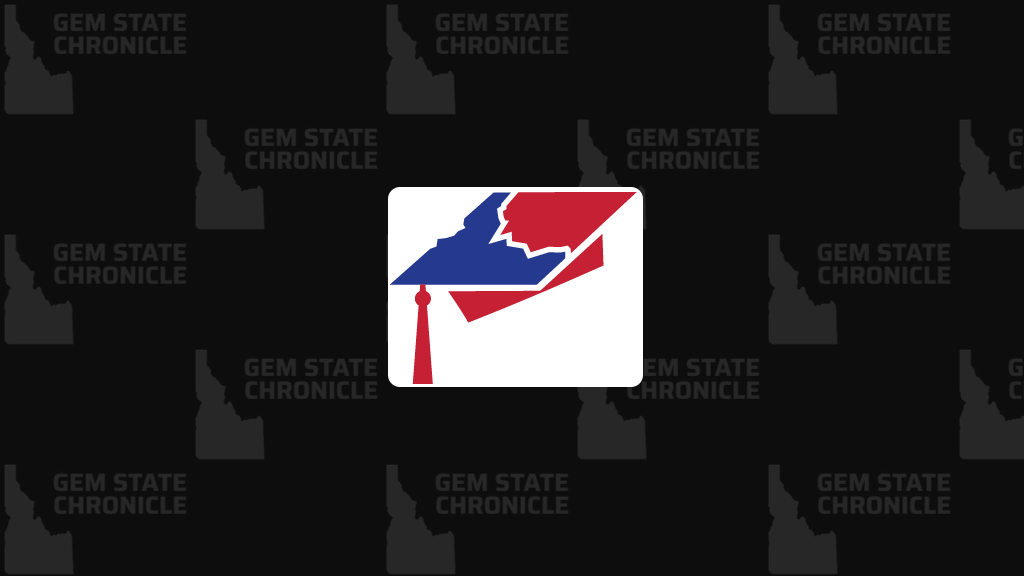By Niklas Kleinworth
Fiscal conservatives secured a major victory when lawmakers voted to split budget requests for each state agency into two bills, one that maintains the existing budget and a second that considers budget increases. Even with this reform, however, taxpayers are still on the hook for this year’s $13.9 billion spending spree.
Recent budget numbers show how Idaho still has a very real spending problem, even though the welcomed change to budgeting was not likely to bring immediate relief. Instead, this reform plays the long game, leveraging the increased transparency it provides to both lawmakers and constituents.
Idaho received accolades from across the nation for its move toward more fiscally conservative budgeting.
The new process separates the funding necessary to maintain basic operations within an agency from any increases the agency requests. These two components are considered in separate pieces of legislation, allowing lawmakers to be more scrupulous when voting for increases.
This ends the all-or-nothing approach to budgeting, refocusing the debate on government bloat and increases.
Establishment figureheads in the legislature who favor big spending opposed this overhaul to the budget process. Several Republicans on the Joint Finance-Appropriations Committee attempted to override the new process. These lawmakers joined with Democrats to pass their own appropriations bills under something resembling the old process.
After weeks of deliberation and maneuvering, conservatives prevailed. The maintenance bills passed in the House of Representatives in their original form, solidifying the new process.
With the Idaho legislative session in the books, did the changes work?
Lawmakers were more likely to vote against budget bills this year than in years past. As recently as 2019, as many as 55% and 89% of budget bills received 5 or fewer “nay” votes in the House and Senate, respectively. This year, these numbers dropped to 21% in the House and 33% in the Senate.
This increased tendency to vote against new spending gave fiscal conservatives some significant budget victories. Until this legislative session, the Senate hasn’t killed a budget on the floor in years. This year, however, several bills returned to committee for cuts or adjustments, leading to the removal of new welfare programs and killing exorbitant wage increases in the judicial branch.
These are good changes, but one important victory is missing: reduced spending.
This year’s appropriation is only 0.3% more than last year’s. Some lawmakers are celebrating that fact, but these numbers don’t tell the whole story. The budget Idaho will have to start 2025 — known as original appropriations — will be 48% higher than the budget it had going into fiscal year 2021.
Maintaining the status quo of exorbitant spending is no great accomplishment. Especially in a year when federal pandemic grants, which supported increased spending, tapered off.
Though it looks as if the budget barely increases in the 2025 fiscal year, this is merely a mirage. Instead, reductions in spending from temporary federal pandemic relief funds are being offset by increases in spending from permanent state revenues. For every dollar in reduced federal spending, legislators increased spending from state sources by $1.08. This shift amounts to more than $400 million.
The General Fund has been the barometer of the state government’s burden on taxpayers. But it is not the only way of accounting for state spending, and this year, it was not the most important place to look for growth. While spending from the General Fund increased by $86 million, increases in dedicated accounts — created to advance specific policies — were much larger, at $358 million.
Mind you that both dedicated and General Fund resources come from state residents, with few exceptions. With the rise of spending in dedicated accounts, General Fund spending is no longer an accurate measure of the state’s financial burden on Idahoans.

Why did the new process fail to curb growth in spending?
One reason is it is common for legislators to defer to the recommendation of the committee when deciding how to vote on an issue. This is a common political shortcut used to avoid grappling with the complexities of a topic. The state budget is no exception.
Legislators who defer to committees grant a massive amount of undue power to big spenders who hold a supermajority on the Joint Finance-Appropriations Committee. Remember that these are also the very legislators who tried to subvert the new process from the start. It is unreasonable, then, to expect conservative budgets to come out of this committee, regardless of any change to the budget making procedure.
The true merits of the new process rest in its transparency. Lawmakers get a better view of what is bureaucratic excess, and constituents get to see how their lawmakers voted to increase spending.
As growth becomes more visible to the Legislature and the public, the pressure to curb it will increase. Hiding permanent budget growth beneath the ceiling created by temporary funding will not work for long. As the burden of state government shifts back to Idahoans, it will be increasingly difficult to hide spending increases in a shell game. But all this takes time.
The new budget process is a major win for fiscal conservatives in the Gem State. The death of egregious programs and the improved tendency for lawmakers to object to increases are signs of a good system.
We must remember, however, the system will only be as conservative as the lawmakers operating within it. At this point, only time can address this.
Niklas currently serves as the policy director at the Idaho Freedom Foundation, a public policy think tank located in the state capital of Boise. There, he specializes in data analysis and public policy research that focuses on healthcare, science, technology, and finance. He is an advocate for public policy solutions that are fiscally efficient, limit government, and expand the free market. In his free time, you can find him reading, hiking, mountain biking, and trap shooting with his beautiful wife and daughter.
About Idaho Freedom Foundation
The Idaho Freedom Foundation, Inc is a a 501c3 non-profit organization. It is a state-focused, free-market think tank dedicated to Idaho issues. IFF's mission is to defeat Marxism and socialism by building a culture of liberty around America's founding principles so Idahoans can prosper. Learn more at IdahoFreedom.org












